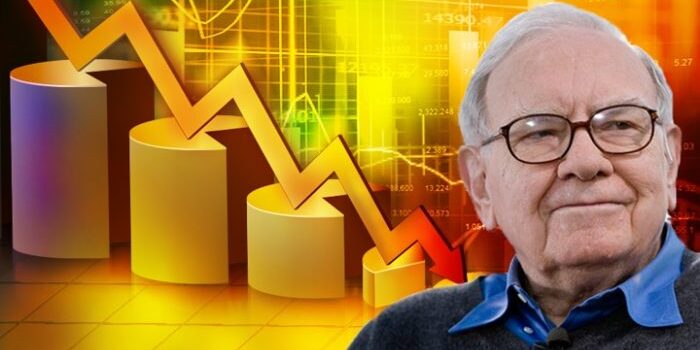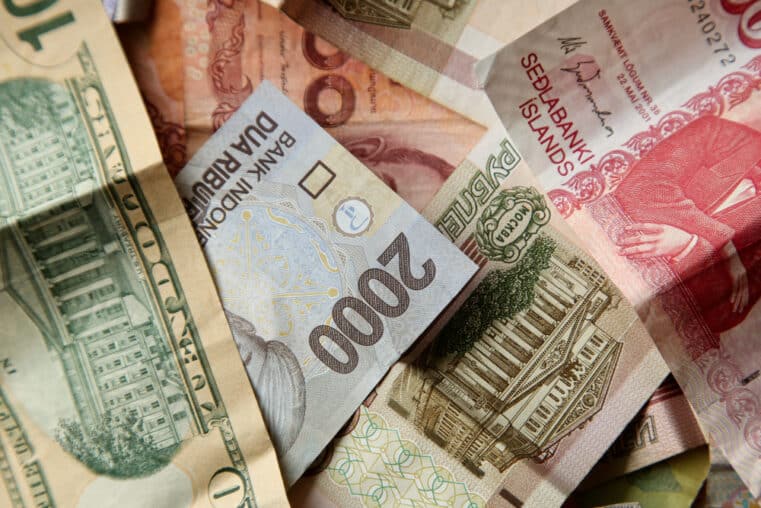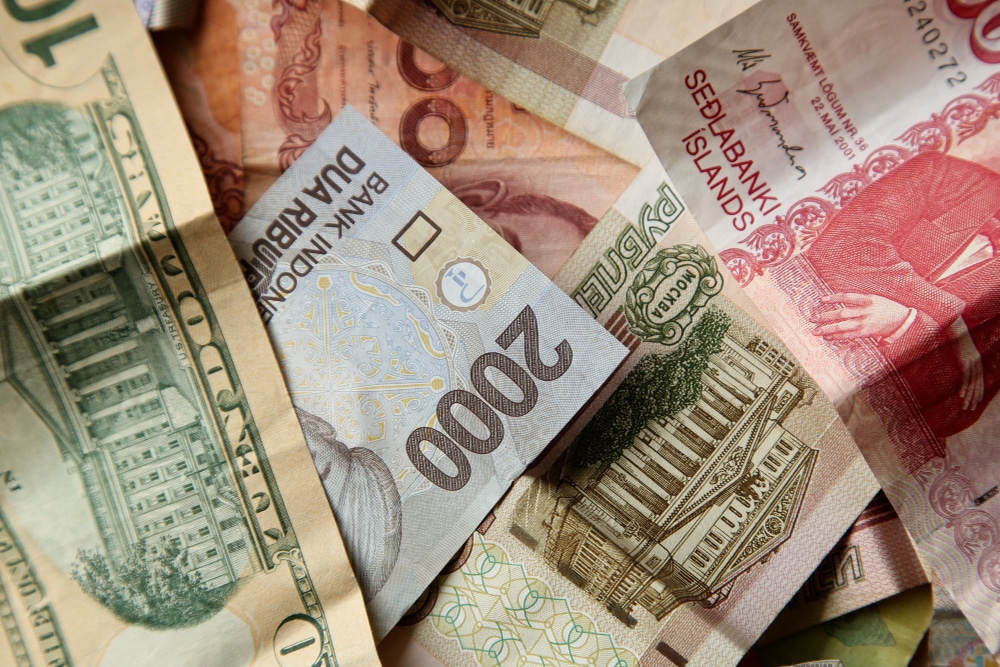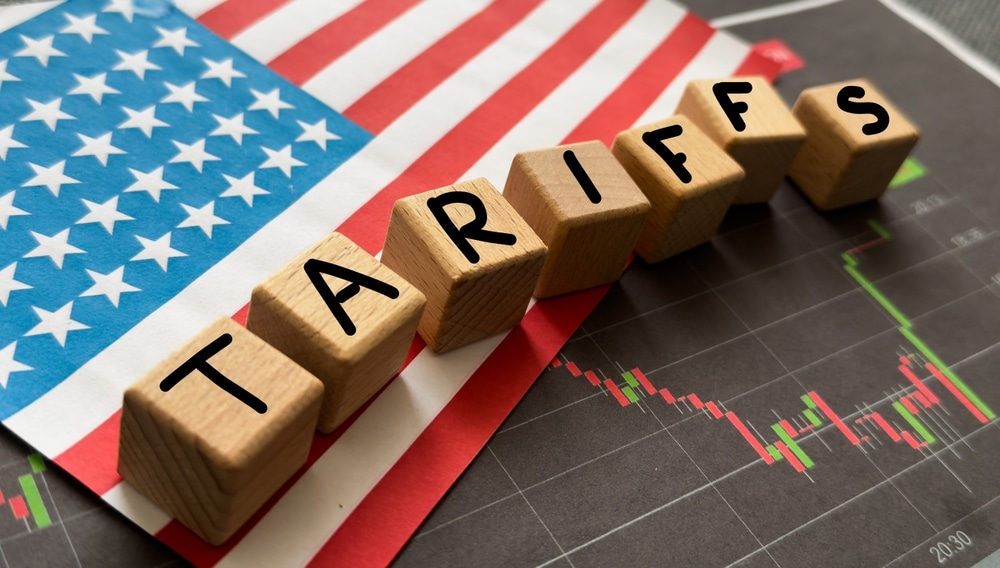
The Warren Buffett Indicator Says Market is Significantly Overvalued
Legendary billionaire investor, Warren Buffett, knows a thing or two about the markets. Okay, that’s a gross understatement.
But his sophisticated approach to analyzing and evaluating stocks really boils down to a few simple principles which, for our purposes, we’ll pose as questions: is a stock overvalued or undervalued, and does the business exhibit enough potential to consider holding its stock indefinitely?
This may sound easier said than done, and we all know that it is, particularly when considering the wide universe of individual securities. But what we’re going to discuss here is an indicator based on one of Buffett’s key criteria that is geared toward analyzing the equities market as a whole.
The formula is quite simple: Total Market Cap divided by the Gross National Product, or TMC/GNP
Based on current market valuations, what kinds of returns can we reasonably expect from the equities market?
As Buffett once stated, the percentage of Total Market Cap relative to the US Gross National Product is “probably the best single measure of where valuations stand at any given moment.” In other words, forecasting long-term stock market returns can be determined in part by observing this measure. We’ll alternate our views and take a look at TMC relative to both GNP and GDP (Gross Domestic Product).
For those of you who are not quite familiar with the difference between GNP and GDP, here’s a brief refresher:
- •GDP measures the total market value of goods and services produced within the nation’s borders.
- •GNP measures the total market value of goods and services produced by a nation’s citizens even if they are living and working abroad.
The difference between the two tends to be minimal, about 1%, and both figures are highly correlated.
Interest Rates: As of May 16, the Total Market Index stands at $28359.5 Billion. This amounts to 142% of GDP as last reported. Based on historical valuations, the US equities market should have an average annualized return of -2%. Now, how did we get to this figure? Let’s break it down further and take a look at few other key factors that determine long-term stock returns:
“[Interest rates] act on financial valuations the way gravity acts on matter: The higher the rate, the greater the downward pull. That's because the rates of return that investors need from any kind of investment are directly tied to the risk-free rate that they can earn from government securities. So if the government rate rises, the prices of all other investments must adjust downward, to a level that brings their expected rates of return into line. Conversely, if government interest rates fall, the move pushes the prices of all other investments upward.”
- Warren Buffett
Long-Term Capacity for Corporate Growth and Profits:
The long-term average corporate profitability growth rate is around 6%, shrinking during recessionary periods; expanding during periods of economic growth. As you might guess, long-term growth in corporate profitability and long-term economic growth move in a correlated fashion.
GNP and GDP entail slightly different calculations. Nevertheless, both numbers have always stayed within 1% of each other despite the differences. For that reason, we’ll use GDP for the purpose of calculating our figure.
Take a look at the chart below and note the GDP figure starting in 1970.
Market Valuations:
To preface, note that stock market valuations tend to revert back to the mean. High valuations tend to correlate with “lower” long-term returns at a later time. The reverse is true for current low valuations (they tend to correlate to “higher” long-term returns in the future).
Based on Warren Buffett’s preferred market valuation measure, TMC/GNP, you can see in the chart below that as of May 16, 2018, the figure is at 142%! This a very large figure.
To put it into context, the deep recession of 1982 saw a market valuation figure of 35%; whereas in 2000, before the bursting of the tech bubble, the figure went as high as 148%.
We’re now at 142%, nearing 2000 tech boom levels.
To better interpret these figures, we divided the range of these historical valuations into five areas as illustrated below:
|
Market Valuation: TMC/GNP |
Interpretation |
|
<50% |
Significantly Undervalued |
|
50% - 75% |
Moderately Undervalued |
|
75% - 90% |
Fairly Valued |
|
90% - 115% |
Moderately Overvalued |
|
>115% |
Significantly Overvalued |
|
Today’s level = 142% |
Significantly Overvalued |
Investment returns are typically due to three factors: business growth, dividends, and market valuation.
Business growth: How much money can a business make? The answer to this question is what defines business growth. A company’s earnings are often reflected in the appreciation (or depreciation) of its stock price; a direct link between its capacity to “grow,” or earn, and the valuation that the market places on the perception of this capacity. It also goes without saying that overall economic conditions will impact a company’s earnings capacity.
Dividends: For many investors, dividends comprise a significant part of their investment returns. In principle, higher dividends paid out to investors can mean lower growth for the business. In favorable cases, a company’s earnings growth will continue to increase while the company maintains a steady dividend payout.
Market valuation: A company’s value tends to exhibit fewer fluctuations and lower volatility levels than its stock price. In short, a company’s value may not change much day to day, but its stock price can jump around alot. Investors calculate a stock’s value using an assortment of ratios such as P/E, P/S, etc. Warren Buffett’s TMC/GNP indicator applied to the economy is like the P/S ratio applied to a company stock.
So what does this tell us about the market’s potential returns at its current level?
Let’s put it all together:
Investment Returns (%) = Dividend Yield (%) + Business Growth (%) + Market valuation (%)
There you have it. Actually, there’s a more detailed way of stating the last factor by taking the beginning ratio (Rb) and ending ratio (Re) in relation to time (T) giving us the formula (Re/Rb)(1/T)-1, or more specifically:
Investment Return (%) = Dividend Yield (%) + Business Growth(%) + (Re/Rb)(1/T)-1
We’ll assume you are not a finance geek and instead, we’ll go straight to the results. Take a look at the chart below:
What does it mean? It illustrates a likely scenario of market returns over a period of time.
- Green line: expected return in a market trending toward undervalued levels over the next 8 years from current levels.
- Blue line: expected return in the fair value range over the next 8 years.
- Yellow line: actual annualized stock market return over 8 years.
What we see: the stock market will most likely return -2% over the next 8 years.
Buffett’s market calls have been largely silent over the last decade. His last major call was in 2008 after the Dow’s legendary plunge, stating that "equities will almost certainly outperform cash over the next decade, probably by a substantial degree.”
Warren Buffett was right. Equities did outperform cash. That was a decade ago. And we’re nearing the end of Buffett’s 2008 prediction. He’s remained generally silent ever since.
But to get a glimpse of what he might be thinking, we’d might as well just take a look at what his indicator is telling us. And right now, TMC/GNP signals “significantly overvalued” levels.
If you’re still looking for dramatic investment returns from equities, chances are we’re approaching the end of the line. It’s time to hedge; time to protect your wealth. And the most effective and time-tested way of accomplishing that is to buy gold.
Why gold and not cash? Check out our article It's About Purchasing Power.














